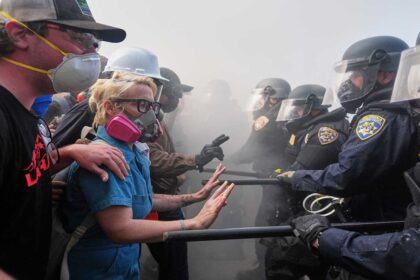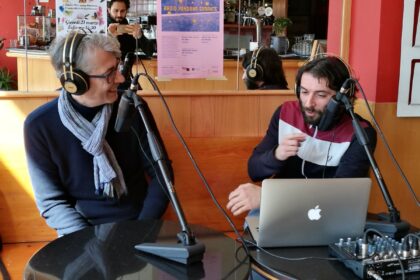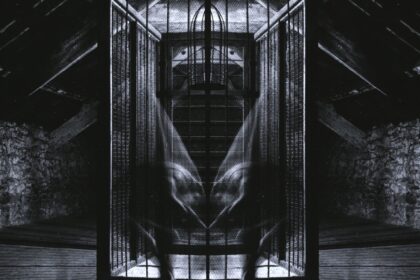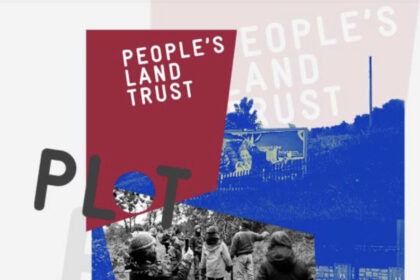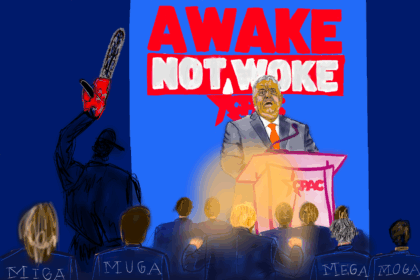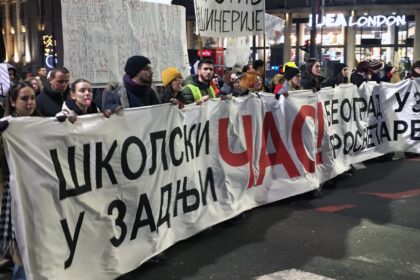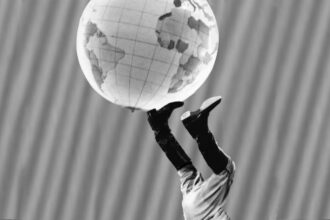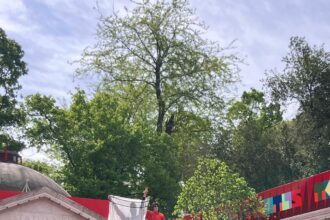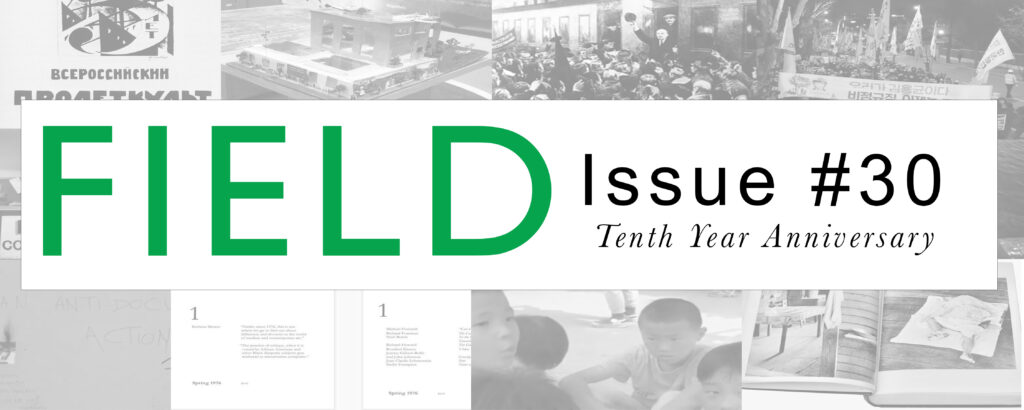
Social Practice Art and the Problem of Efficacy
Eva Marxen and David Gutiérrez Castañeda
62 Min Read
Becoming Engaged: A Subjective Cartography of Art and Policy in Italy
Emanuele Rinaldo Meschini
128 Min Read
FIELD Global Reports from the Former East: A Laboratory of Illiberalism and Resistance in the Unpresent
Greg Sholette
6 Min Read
Tools for Dismantling the Oligarchy—Student Protests in Serbia and Their Creativity
Vladan Jeremić
11 Min Read

